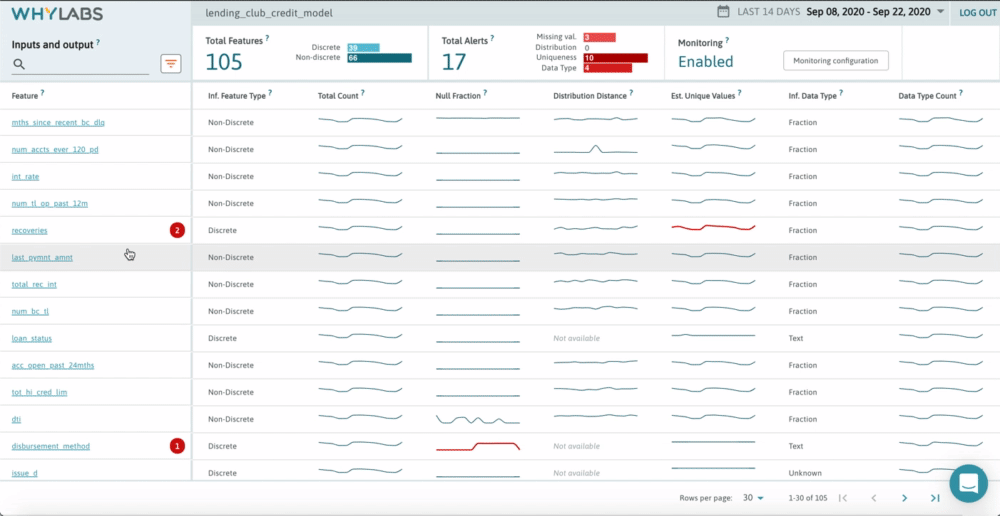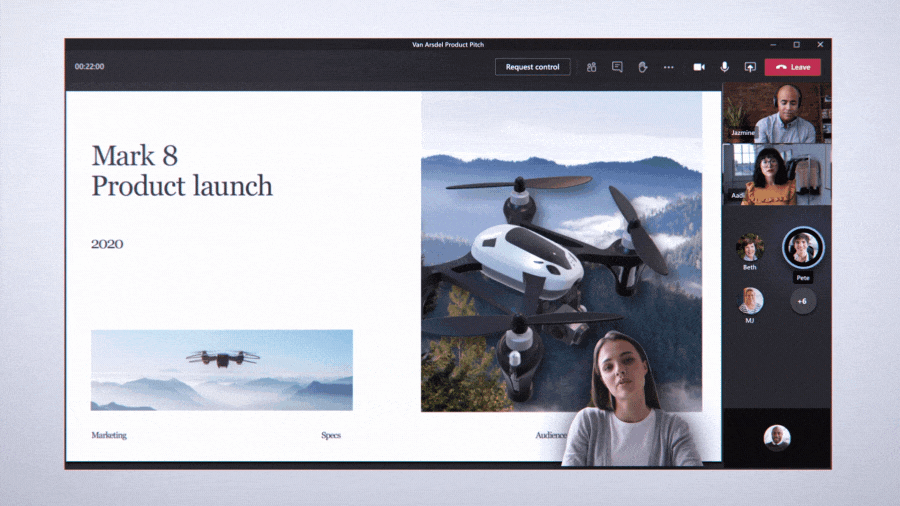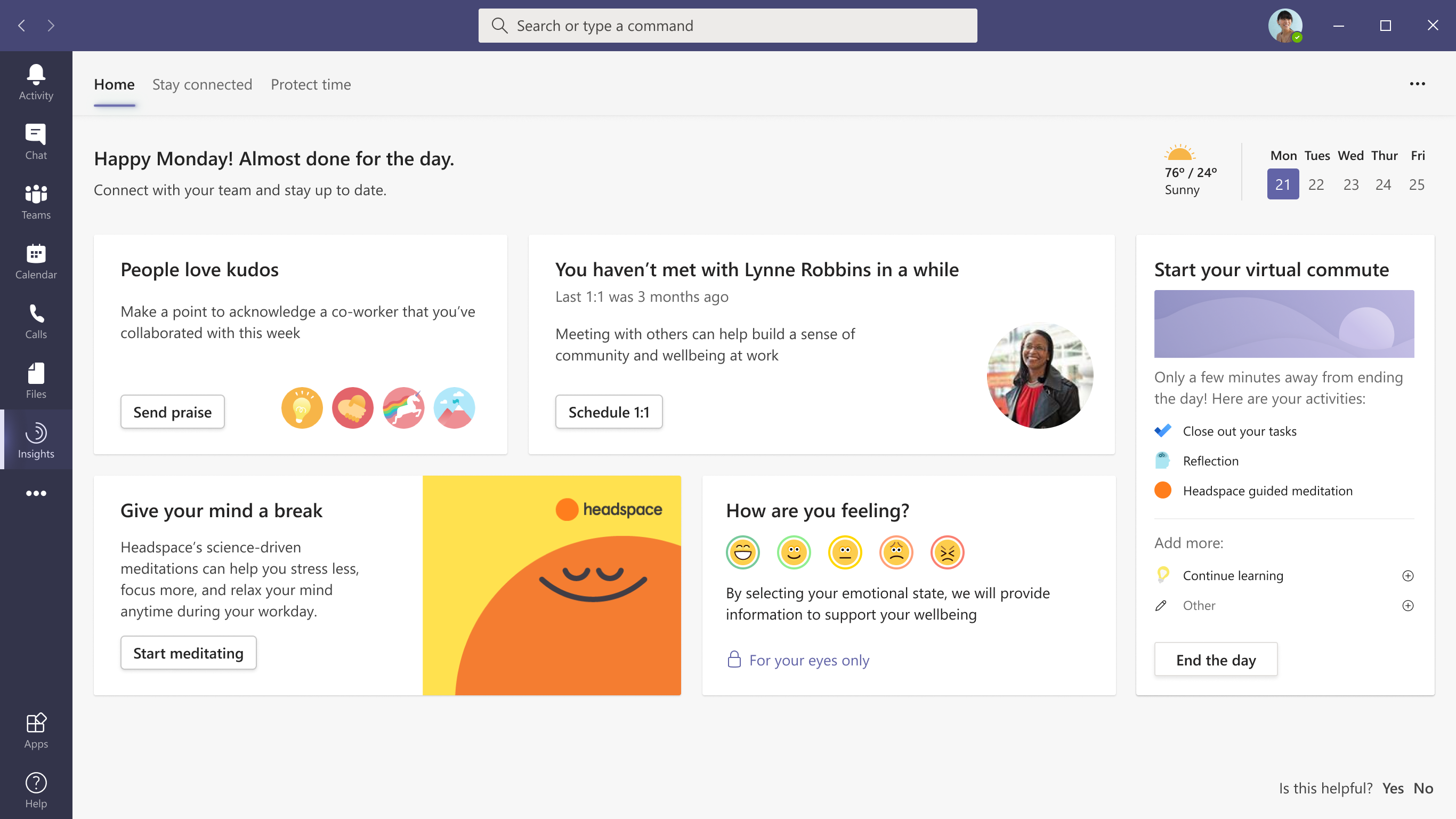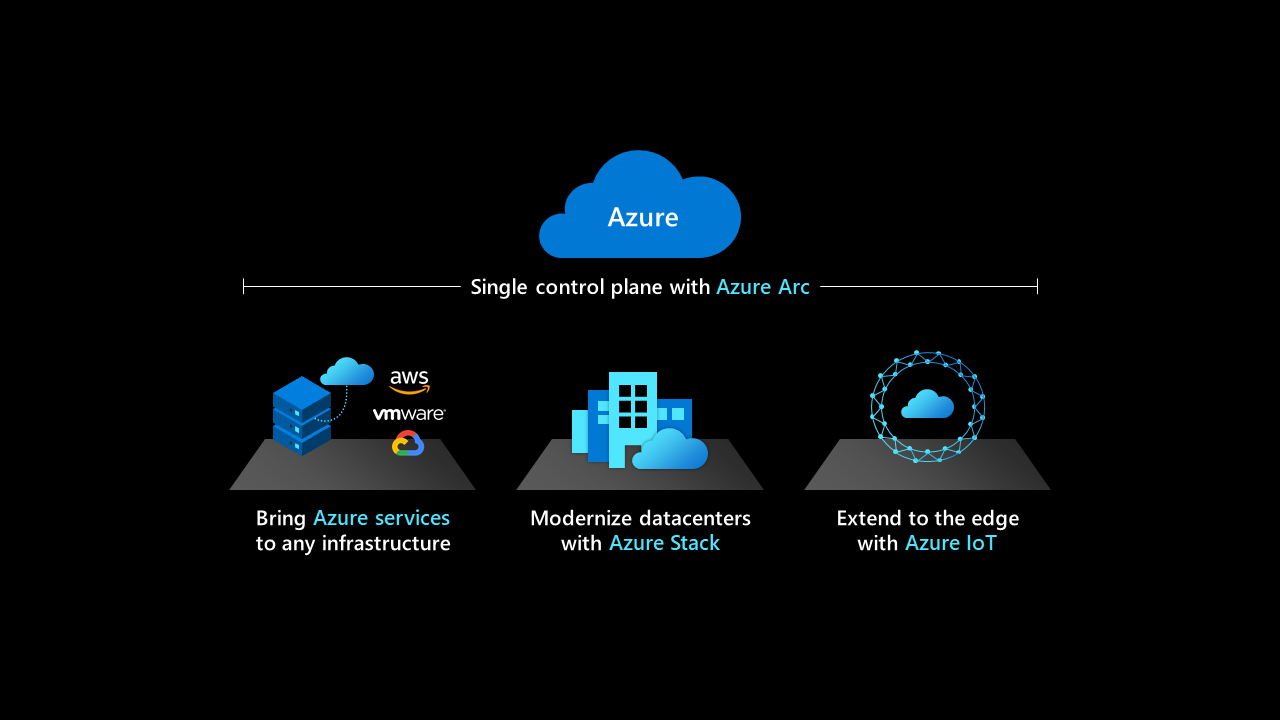NUVIA raises $240M from Mithril to make climate-ready enterprise chips
Climate change is on everyone’s minds these days, what with the outer Bay Area on fire, orange skies above San Francisco, and a hurricane season that is bearing down on the East Coast with alacrity (and that’s just the United States in the past two weeks).
A major — and growing — source of those emissions is data centers, the cloud infrastructure that powers most of our devices and experiences. That’s led to some novel ideas, such as Microsoft’s underwater data center Project Natick, which just came back to the surface for testing a bit more than a week ago.
Yet, for all the fun experiments, there is a bit more of an obvious solution: just make the chips more energy efficient.
That’s the thesis of NUVIA, which was founded by three ex-Apple chip designers who led the design of the “A” series chip line for the company’s iPhones and iPads for years. Those chips are wicked fast within a very tight energy envelope, and NUVIA’s premise is essentially what happens when you take those sorts of energy constraints (and the experience of its chip design team) and apply them to the data center.
We did a deep profile of the company last year when it announced its $53 million Series A, so definitely read that to understand the founding story and the company’s mission. Now about one year later, it’s coming back to us with news of a whole bunch of more funding.
NUVIA announced today that it has closed on a $240 million Series B round led by Mithril Capital, with a bunch of others involved listed below.
Since we last chatted with the company, we now have a bit more detail of what it’s working on. It has two products under development, a system-on-chip (SoC) unit dubbed “Orion” and a CPU core dubbed “Phoenix.” The company previewed a bit of Phoenix’s performance last month, although as with most chip companies, it is almost certainly too early to make any long-term predictions about how the technology will settle in with existing and future chips coming to the market.
NUVIA’s view is that chips are limited to about 250-300 watts of power given the cooling and power constraints of most data centers. As more cores become common pre chip, each core is going to have to make do with less power availability while maintaining performance. NUVIA’s tech is trying to solve that problem, lowering total cost of ownership for data center operators while also improving overall energy efficiency.
There’s a lot more work to be done of course, so expect to see more product announcements and previews from the company as it gets its technology further finalized. With $240 million more dollars in the bank though, it certainly has the resources to make some progress.
Shortly after we chatted with the company last year, Apple sued company founder and CEO Gerald Williams III for breach of contract, with the company arguing that its former chip designer was trying to poach employees for his nascent startup. Williams counter-sued earlier this year, and the two parties are now in the discovery phase of their lawsuit, which remains ongoing.
In addition to lead Mithril, the round was done “in partnership with” the founders of semiconductor giant Marvell (Sehat Sutardja and Weili Dai), funds managed by BlackRock, Fidelity, and Temasek, plus Atlantic Bridge and Redline Capital along with Series A investors Capricorn Investment Group, Dell Technologies Capital, Mayfield, Nepenthe LLC, and WRVI Capital.
![]()











